- 74 Mount Street, Heidelberg, VIC, 3084
- Monday to Friday: 9am to 5pm
Call Centre Workplace Consultancy
-
DWM Audiology > Our Services > Acoustic Shock > Call Centre Workplace Consultancy
Acoustic Shock – Call Centre Workplace Consultancy
The potential severity and persistence of acoustic shock disorder symptoms has significant clinical and medico-legal implications.
Call centres in Australia need to be aware of the ongoing risk of acoustic shock and the need for acoustic shock workplace management.
To provide effective acoustic shock protection in the workplace, the following factors should be considered:
- An Audiological Workplace Program
- Workplace environment
- Telephone headset protection to acoustic incidents
- Employee management
Audiological Workplace Program
At DWM Audiology, we provide an acoustic shock Audiological Workplace Program, which includes:
- A hearing assessment for employees and supervisors.
- An acoustic shock education program for employees and supervisors.
- An acoustic shock protocol to be followed if an employee develops symptoms consistent with acoustic shock. This includes an acoustic shock assessment and rehabilitation for the employee. Rapid referral of an affected employee can help to control persistence or escalation of symptoms, as well as reduce anxiety among other staff members.
- An acoustic shock reporting protocol to ensure that the employer can manage risk consistently and meet insurers’ needs should a WorkCover claim arise.
- The protocol to be followed should an employee be considered potentially unfit to perform their usual workplace duties.
Workplace Environment
Ambient noise management. The higher the levels of ambient noise, the higher the required volume level of the telephone headset amplifier for the caller’s voice to be clearly audible. This increases the risk of acoustic shock. An acoustician will be able to measure ambient noise levels and teach effective communication strategies to minimise ambient noise levels.
Telephone Headset Protection to Acoustic Incidents
A number of output limiting devices have been developed to restrict maximum volume levels transmitted down a telephone line. They are of benefit to help reduce the probability of acoustic incident exposure.
However, output limiting devices are not able to provide total protection against acoustic shock.
The dominant factors leading to acoustic shock appear primarily related to the unexpectedness of the acoustic incident and secondarily to a threat response to loud sounds outside the person’s control, rather than to high volume levels alone.
Employee Management
Employees with persistent acoustic shock disorder symptoms remain vulnerable to a significant escalation of their symptoms should they be exposed to another acoustic incident.
For this reason, they should not return to headset use, even with output limiting devices in place. A gently graded return to handset duties can be attempted once symptoms have resolved.
Book an Appointment
Our Services
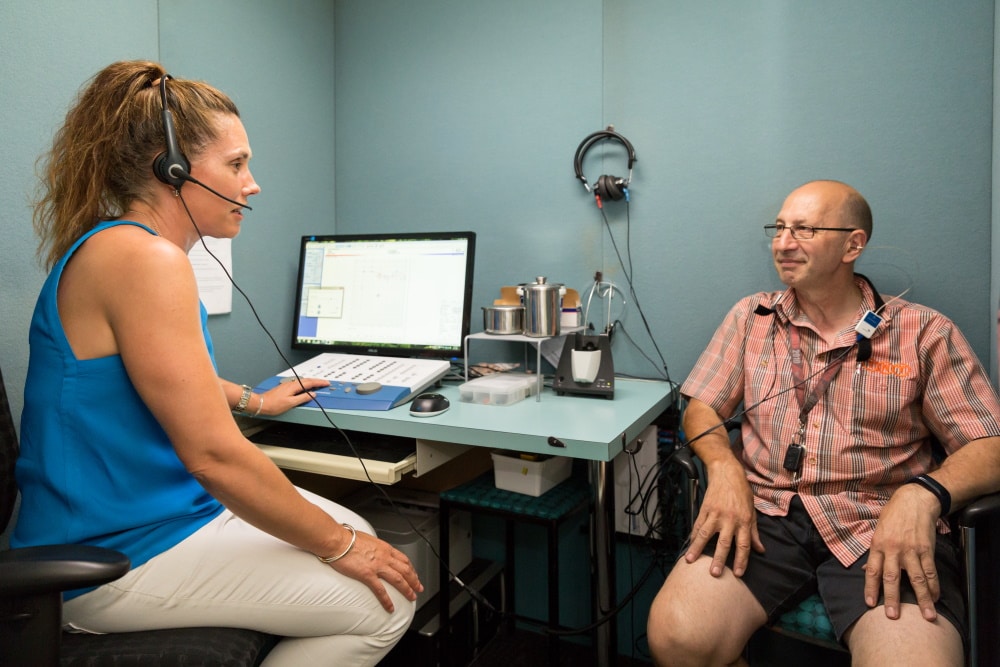
Hearing Tests for Adults
A reduced capacity to communicate has a significant impact on relationships, career opportunities, social connection, independent living and quality of life.
Read More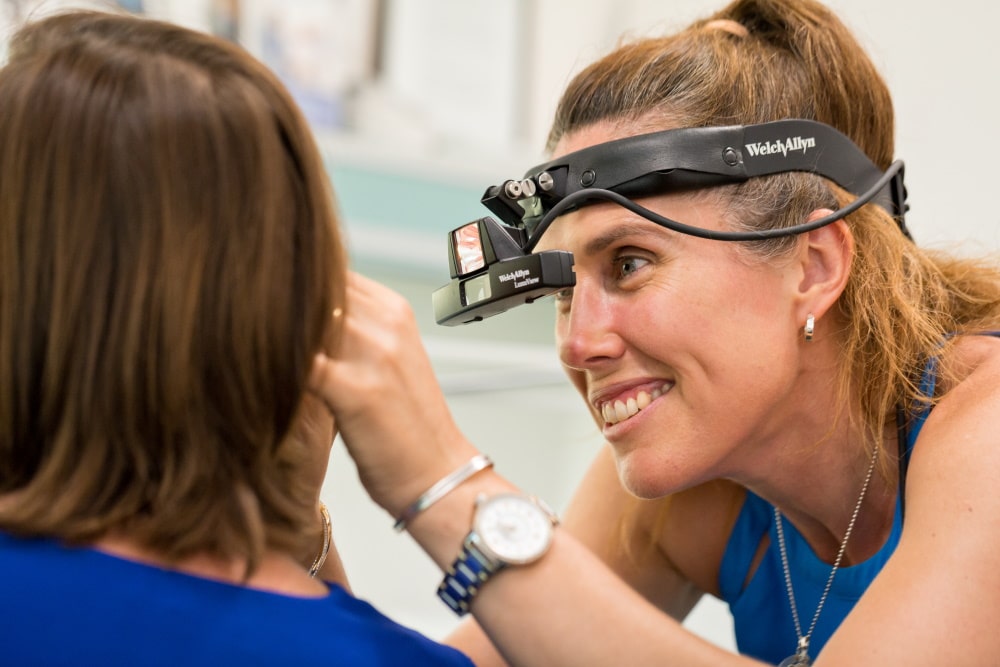
Do I Need A Hearing Aid?
We carry out a range of hearing tests that help determine whether you need a hearing aid.
Read More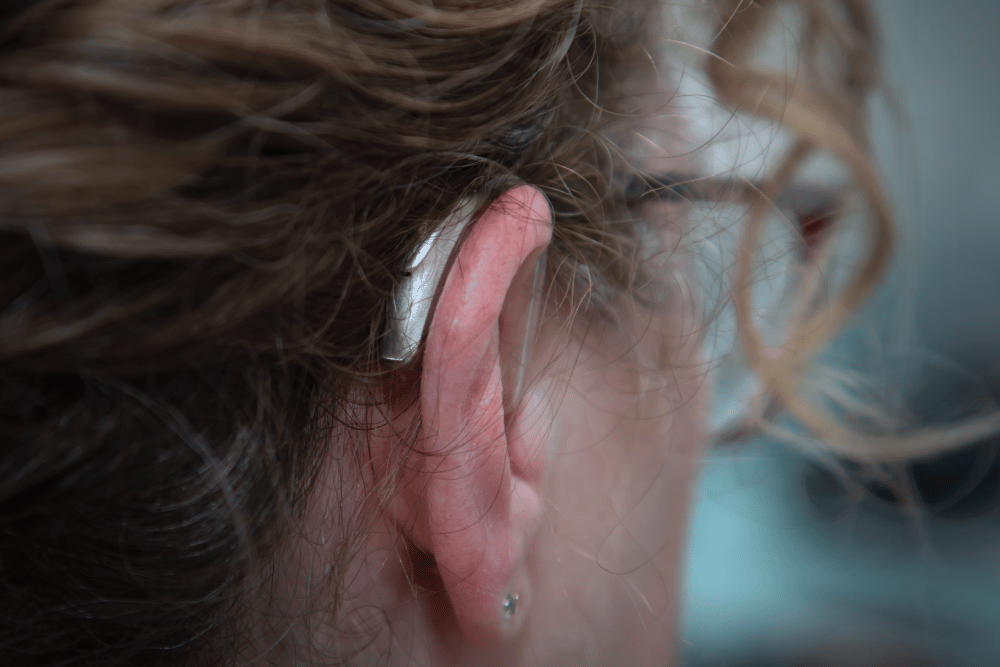
Choosing Hearing Aids
Hearing aids are available in three styles; BTE, RIC or are fully contained in the ear.
Read More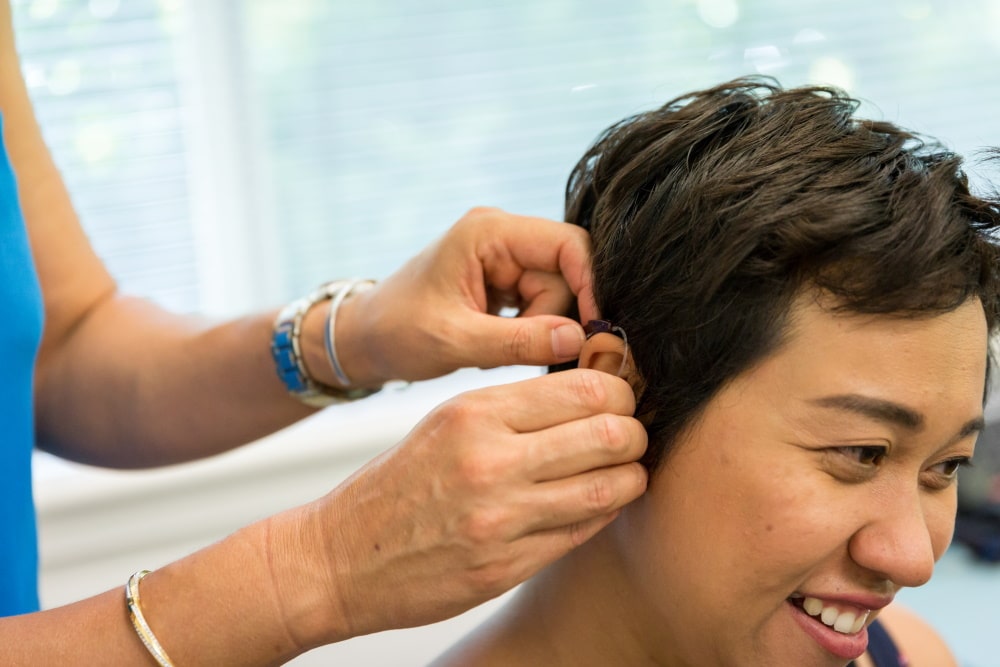
Getting Used To Hearing Aids
With new hearing aids your concept of “normal” hearing will need to be relearnt.
Read More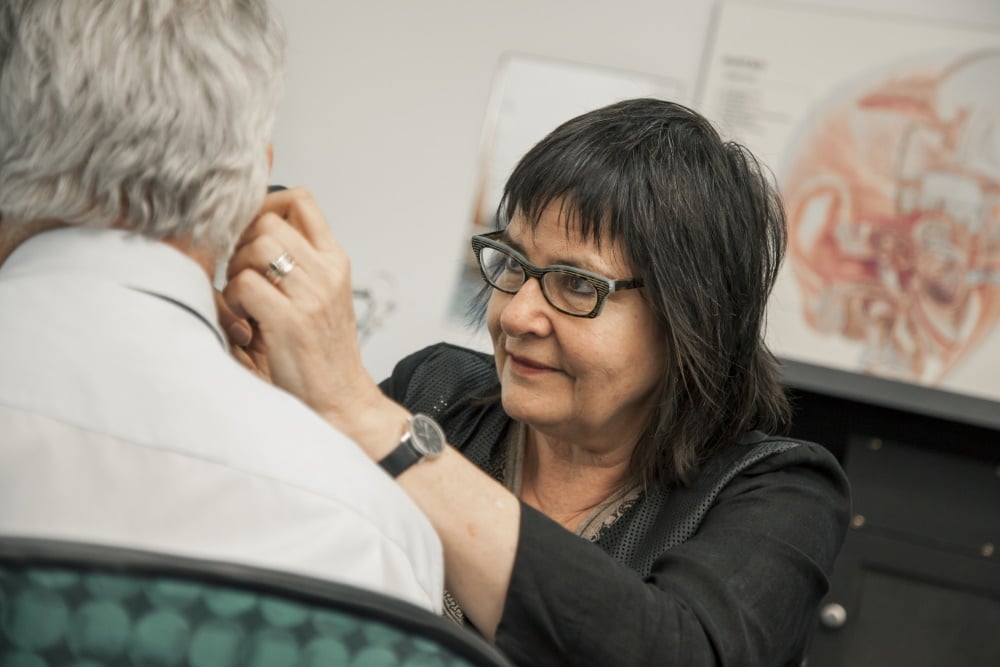
Fine-Tuning Hearing Aids
We have extensive training, experience and expertise in fine-tuning contemporary hearing aids to individual communication needs.
Read More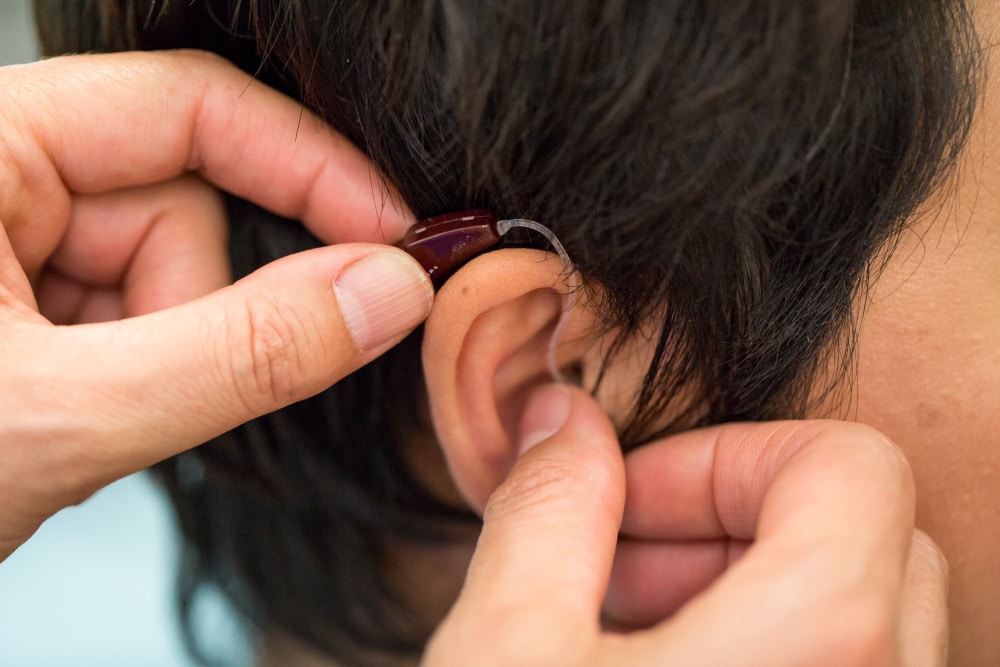
Hearing Aid Fittings
Your fitting package will include an instruction booklet and the accessories needed for maintenance and dehumidification
Read More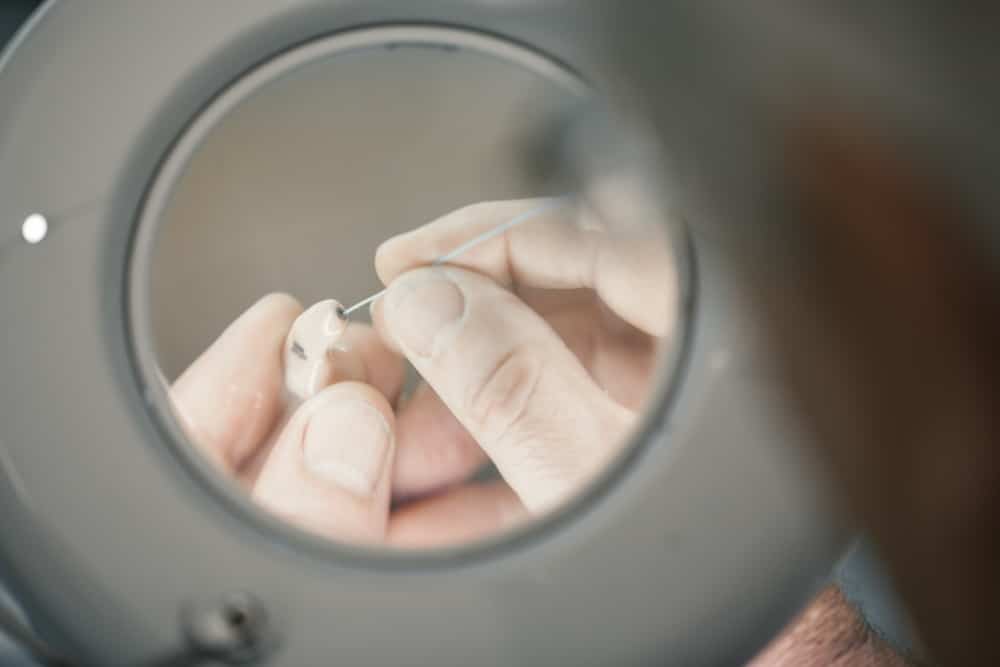
Hearing Aid Maintenance
To minimise the need for repairs and to preserve the life of your hearing aids, regular and thorough maintenance is essential.
Read More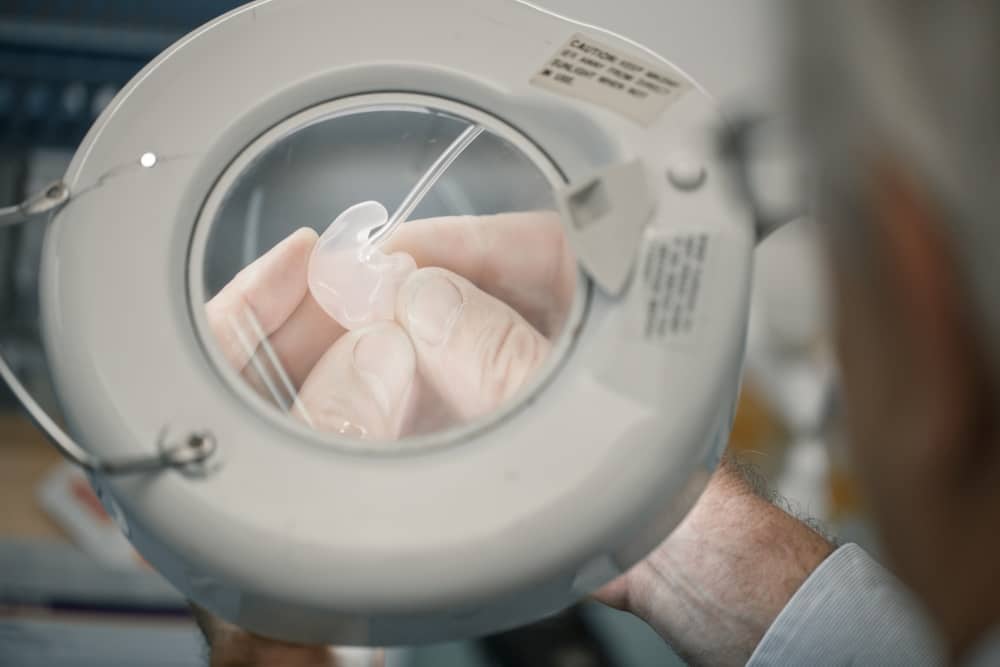
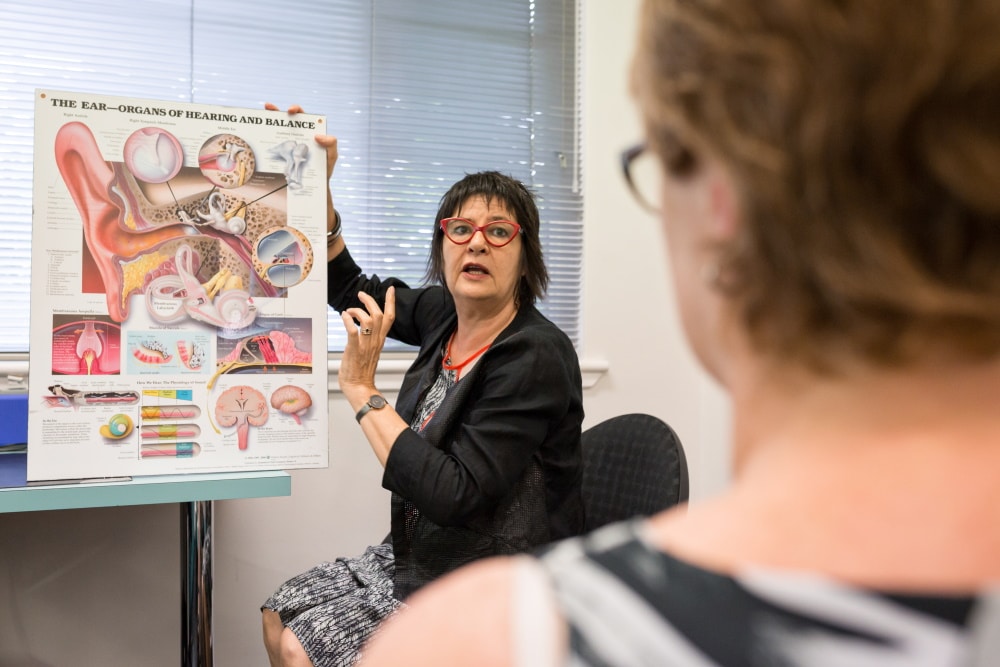
Hyperacusis & Misophonia
Both conditions have the potential to escalate, so that an increasing range of sounds become intolerable.
Read More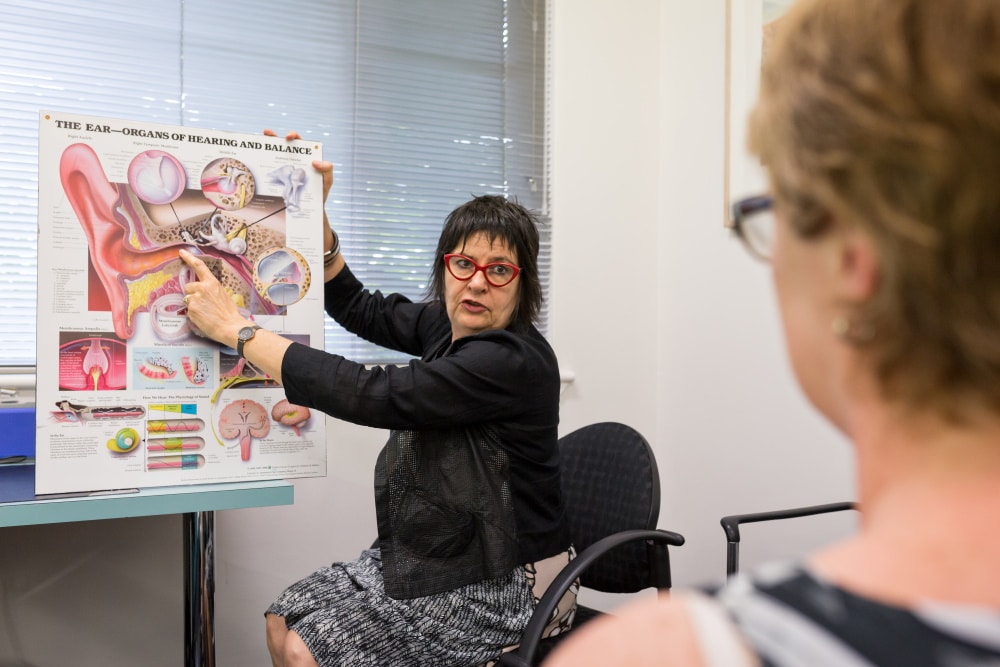

Misophonia
Misophonia is a strongly aversive response or abnormal sensitivity to certain specific sounds
Read More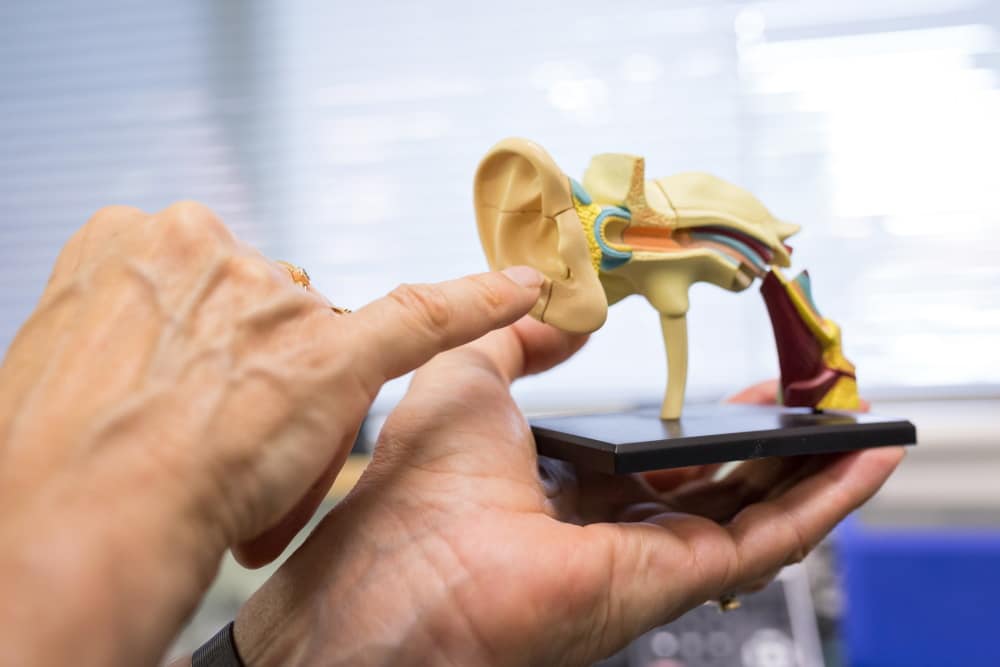
Tinnitus
Tinnitus is the term used to describe hearing any sounds which are not present externally.
Read More
Acoustic Shock
Acoustic shock is an involuntary fright/psychological trauma reaction to sudden, loud noises.
Read More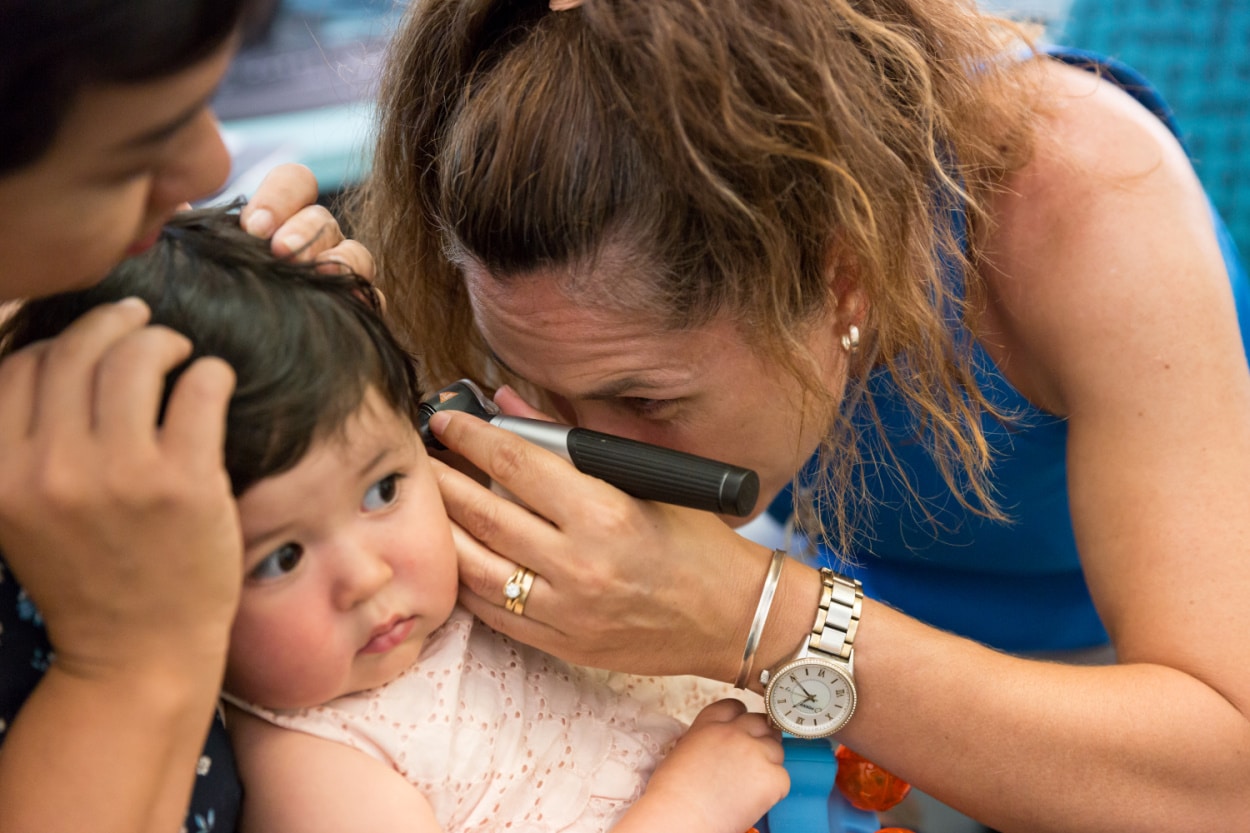
Hearing Tests for Kids
Hearing difficulties in school age children are known to have a significant impact on their social, behavioural and academic growth.
Read More
